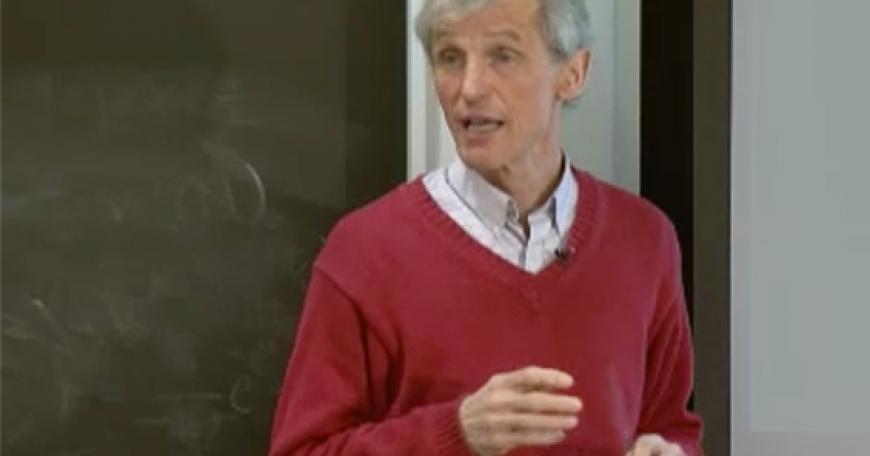
Wolfgang Ketterle on the Transformative Power of Digital Education
In the fall of 2015, Ketterle offered Atomic and Optical Physics (8.421) as a MOOC. It was the first time a graduate course in atomic physics research was offered online. Ketterle also used the online material of his MOOC in his residential course, and had his MIT students watch the video lectures. This completely changed the dynamics in his classroom.
“Using online material in [my] residential course was transformative for me as a teacher.”
Ketterle refrained from the temptation to add more material to the course, but instead selected key components of the video lecture and engaged in a series of surprisingly deep conversations with his class -- discussions that were the most interactive he’d ever experienced.
“The engagement of students in my class was unprecedented….I no longer had to teach the material [but instead] could discuss the material.”
Because each class was an unrehearsed discussion Ketterle often felt put on the spot, but the spontaneity allowed students to observe a physicist working in action: improvising, responding, and following what students asked him.
Digital technology for teaching is also helping the MIT-Harvard Center for Ultracold Atoms extend outreach to the national and global scientific community by providing access to Ketterle’s online course on atomic physics and sharing teachable elements.
Although Ketterle has introduced technology into his teaching, he recognizes some of its limitations. Videos, segmented video lectures, online concept questions, and online problems are wonderful elements to integrate into the classroom, but Ketterle recommends they should be balanced with personal face-to-face experiences.
Ketterle also favors developing a MOOC in stages.

